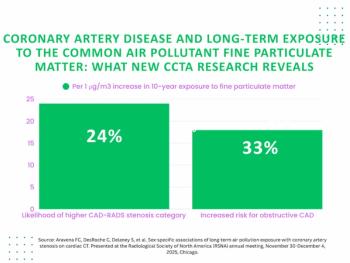
Low-Risk Prostate Cancer: Has Active Surveillance Become the New Standard of Care?
A new study shows that active surveillance and watchful waiting are being utilized in nearly 60 percent of patients with low-risk prostate cancer in the United States.
Emerging research demonstrates a 43.5 percent increase from 2010 to 2018 in the use of active surveillance (AS) for managing patients with low-risk prostate cancer in the United States.1
For the cross-sectional study, published earlier today in
For patients with low-risk
“These data show that a diagnosis of prostate cancer no longer means a patient will undergo treatment. This further strengthens what are already compelling arguments that the benefits of screening for prostate cancer with PSA (prostate-specific antigen) far outweigh the harms. We now can, and do, avoid treating cancers that we believe will behave indolently,” noted study co-author Jonathan E. Shoag, MD, an assistant professor in the Department of Urology at the School of Medicine at Case Western Reserve University.2
(Editor's note: For related content, see "
The researchers found significant disparities for the use of AS and WW in patients with low-risk prostate cancer. Shoag and colleagues noted a 31 percent lower utilization of AS and WW use for Hispanic men in comparison to non-Hispanic White men; a 12 percent lower utilization rate for rural patients in comparison to urban patients; and a 30 percent lower utilization rate in patients with median household income lower than $60,000 in comparison to patients with greater than $75,000 in median household income.1
The researchers also noted a 44 percent decrease in the use of AS for patients with low-risk prostate cancer who had two positive cores.1
“Although AS series have shown an association between cancer volume on biopsy and clinical outcomes, it is unclear whether the presence of a second positive core should have such an impact on AS use,” wrote Shoag and colleagues.3 “This is worrisome, particularly with the increasing use of magnetic resonance imaging in biopsy, which may bias toward more positive cores and potentially higher rates of downgrading at prostatectomy.”
References
1. Al Awamlh BAH, Barocas DA, Zhu A, et al. Use of active surveillance vs. definitive treatment among men with low- and favorable intermediate-risk prostate cancer in the US between 2010 and 2018. JAMA Intern Med. 2023. Available at:
2. American Association for the Advancement of Science (AAAS). More U.S. prostate cancer patients choosing active surveillance. EurekAlert! Available at:
3. Schaeffer E, Srinivas S, Antonarakis ES, et al. NCCN guidelines insights: prostate cancer, version 1.2021. J Natl Compr Canc Netw. 2021;19(2):134-143.
Newsletter
Stay at the forefront of radiology with the Diagnostic Imaging newsletter, delivering the latest news, clinical insights, and imaging advancements for today’s radiologists.




























